Fidelity Bank: The Neoclassical Bling of Cameron Village [Remixed]
The Fidelity Bank building on the corner of Smallwood Drive and Oberlin Road in Cameron Village is one of the first buildings I remember noticing not long after arriving in Raleigh five years ago. The tall Ionic columns of the second level of the bank support a festooned entablature that serves no purpose, except as decoration for an idle space. These ornate columns convey a sense of elegance, yet at the same time contribute to a stark contrast with the functional and understated 50s and 60s era modernist architecture around it. My first (perhaps naive) assumption was that it was an outdoor picnic area for employees of the bank. But as far as I’m aware, there’s nothing but poured flat concrete on the upper level, and no one ever goes up there.
The bird in the image above is probably one of the few creatures that get any use of the architectural embelishments of this building. At first, I was fascinated by the fact that a bank built somewhat recently would so boldly harken back to the neoclassical style used in many government buildings and stately private residences. Over time, however, my fondness has waned if for no other reason than the decoration is just visual bling.
Read more »

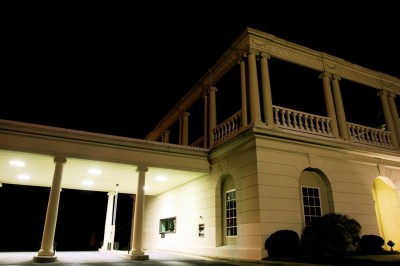
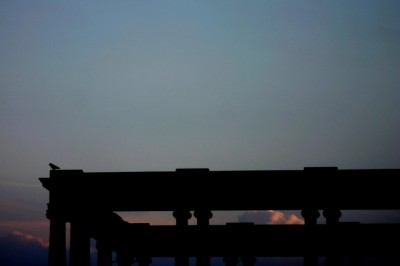
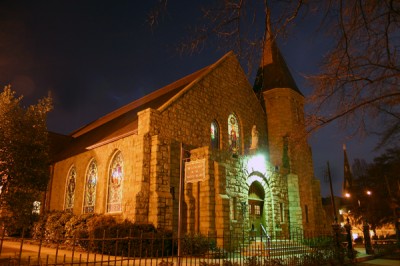
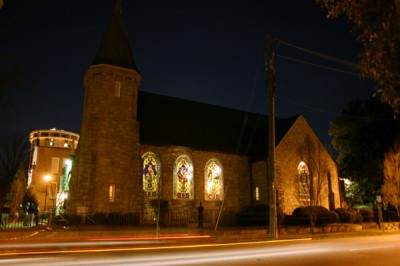
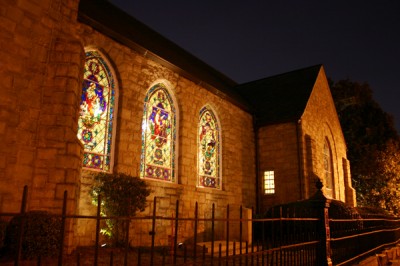
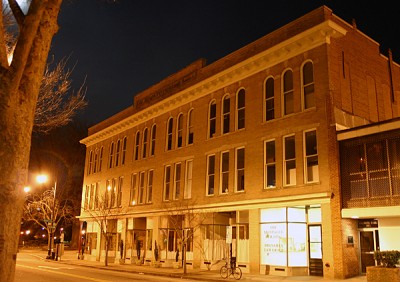
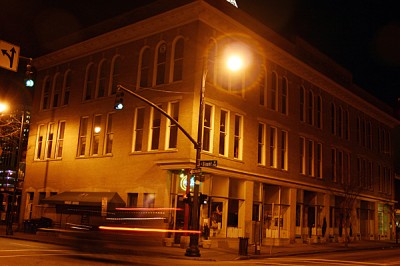
 Sign up for the Newsletter
Sign up for the Newsletter